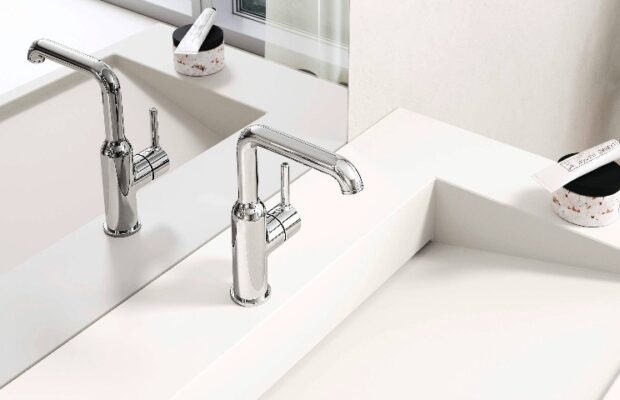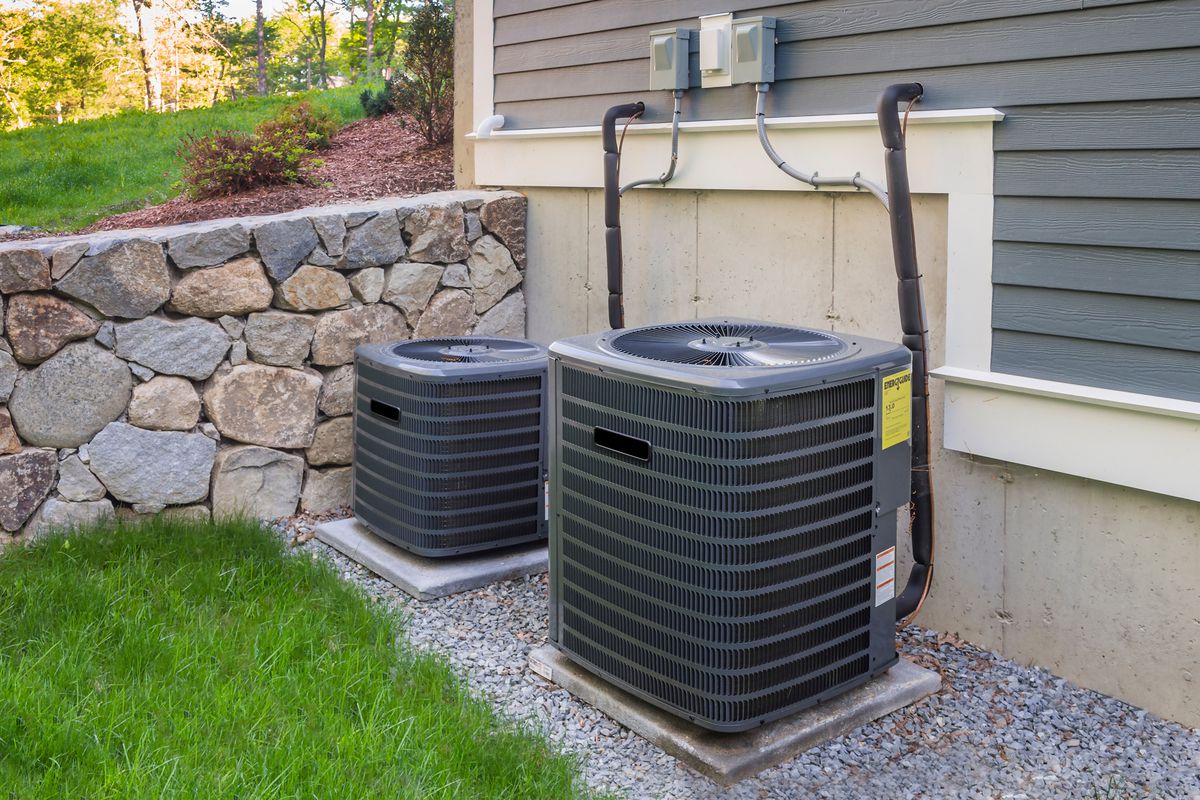A homeowner’s nightmare often lurks beneath the ground in the form of pest invasions in sewer lines. These uninvited guests can cause many issues, from odours and blockages to damage that necessitates significant repairs.
But how do these pests find their way into your sewer line? Understanding this process is critical to preventive care and fixing your sewer line when infested. Let’s look at how pests infiltrate sewer systems and the measures to prevent them.
How Pests Enter Sewer Lines?
Cracks and Gaps
One of the most common ways pests get into sewer lines is through cracks and gaps in the pipe. These fissures may occur due to ground movement, the age of the pipe, or root intrusion from trees. Once a crack forms, it provides an accessible entry point for pests. Rats and cockroaches are notorious for exploiting such opportunities to invade sewer lines.
Through the Drains
Another point of entry for pests is through the drains inside your home. Pests such as cockroaches, silverfish, and some species of rats are skilled swimmers and climbers. They can navigate through water-filled traps under sinks, showers, and toilets to get into your home. This pest invasion can occur if the water trap dries or pests overcome the water barrier.
Vent Stack Infestation
Vent stacks serve the essential function of allowing sewer gases to escape and drawing fresh air into the plumbing system. However, these can also act as entry points for pests. Birds, squirrels, and rodents may climb down vent stacks, finding their way into your sewer lines and, potentially, your home.
Common Types of Sewer Pests
Understanding the types of pests that commonly infiltrate sewer systems can help you identify signs of an infestation and take appropriate action.
- Rodents
Rodents, especially rats, are among the most common pests found in sewer lines. They are excellent swimmers and climbers who can squeeze through tiny cracks, making sewer lines an ideal habitat. Rats breed rapidly and can cause significant damage by gnawing on pipes and other structures.
- Cockroaches
Cockroaches thrive in the damp, dark environment of sewer lines. They can crawl through small cracks and gaps and climb vertical surfaces. Their hardy nature allows them to survive extreme conditions, making them a persistent problem once they invade your sewer lines.
- Other Pests
Birds, squirrels, and insects like silverfish and drain flies may also find their way into sewer lines, typically through vent stacks. While less common than rats and cockroaches, they can cause blockages and unpleasant smells.
Preventing Sewer Line Infestations
Preventing sewer line infestations primarily involves routine inspections and maintenance. Regularly inspect your sewer line for cracks and damage, and repair any identified issues promptly. You can also install sewer line pest barriers or shields on vent stacks to prevent pest entry. Moreover, maintaining good sanitation practices, such as regular drain cleaning, can help deter pests.
Pest infestations in sewer lines can cause significant issues, but understanding how pests enter these systems can help homeowners prevent them. Regular maintenance, swift repairs, and preventative measures such as pest barriers can go a long way in keeping your sewer lines pest-free. If an infestation occurs, professional pest control services and plumbing experts can help eliminate the problem and restore your system to normal.



